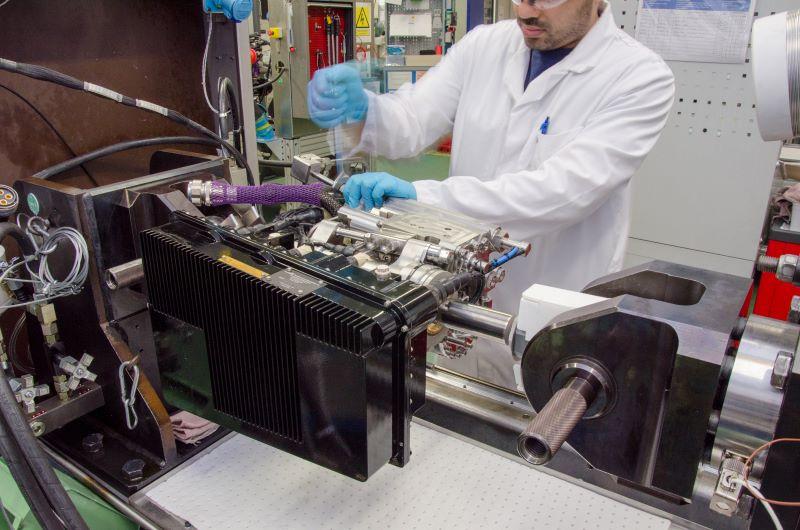
Credit: Collins Aerospace
LYON, France—Safran has made a $1.8 billion offer to acquire Collins Aerospace’s actuation and flight control systems business from RTX (formerly known as Raytheon Technologies), thus positioning itself for the design of more-electric control systems on the next generation of commercial aircraft...
Subscription Required
This content requires a subscription to one of the Aviation Week Intelligence Network (AWIN) bundles.
Schedule a demo today to find out how you can access this content and similar content related to your area of the global aviation industry.
Already an AWIN subscriber? Login
Did you know? Aviation Week has won top honors multiple times in the Jesse H. Neal National Business Journalism Awards, the business-to-business media equivalent of the Pulitzer Prizes.





